The Homeowner’s Guide to Getting the Best Value from Your Window Investment
Replacing your windows is a big investment, and it's not just about picking the cheapest option. It's about finding the right product, from a trusted installer, that matches your needs, your style and your budget.
What’s There to Know About Windows | Essential Information for Homeowners
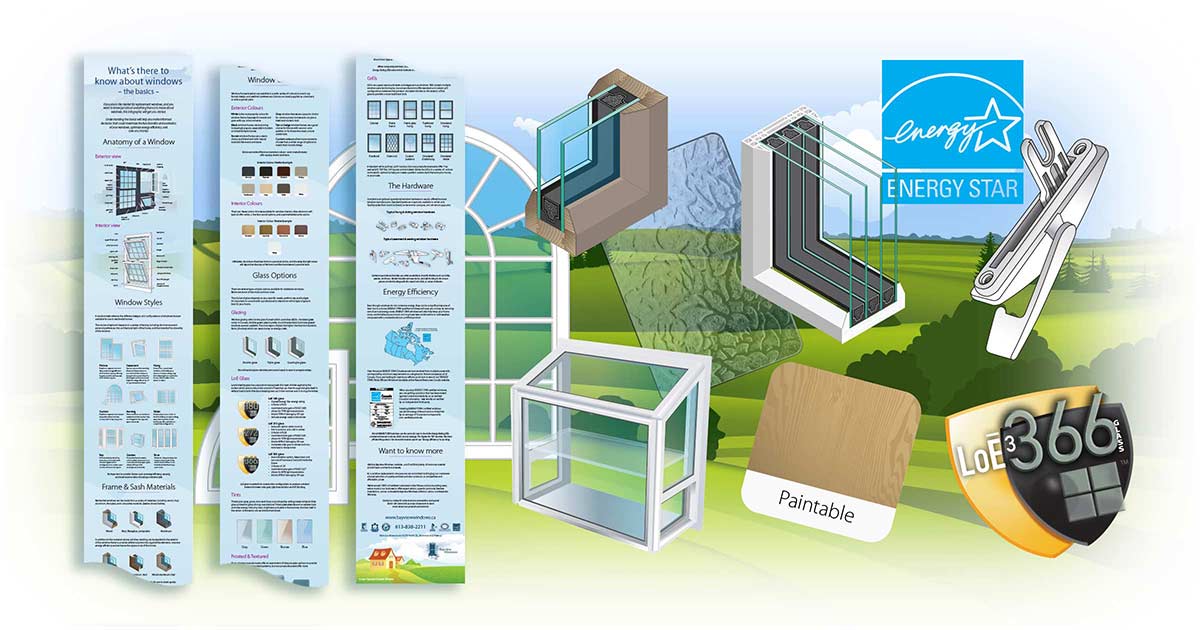
If you're shopping for new windows, this infographic offers essential tips to help you make informed choices, increase home comfort, and get the best value for your money.
Everything You Need to Know About Windows: A Comprehensive Homeowner’s Guide
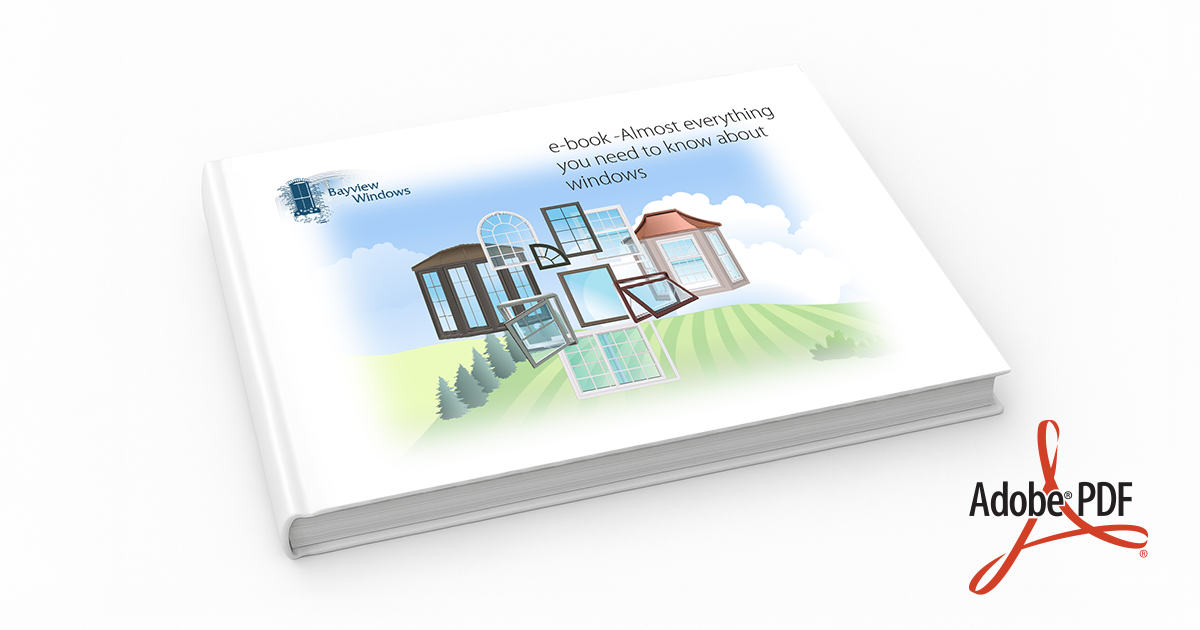
Considering replacement windows? Cut through the complexity with our "Almost Everything You Need to Know About Windows" guide. Download the 32-page PDF now for detailed information, diagrams, and expert advice to help you make an informed decision.
Decoding Window Types: A Visual Guide to Choosing the Right Style for Your Home
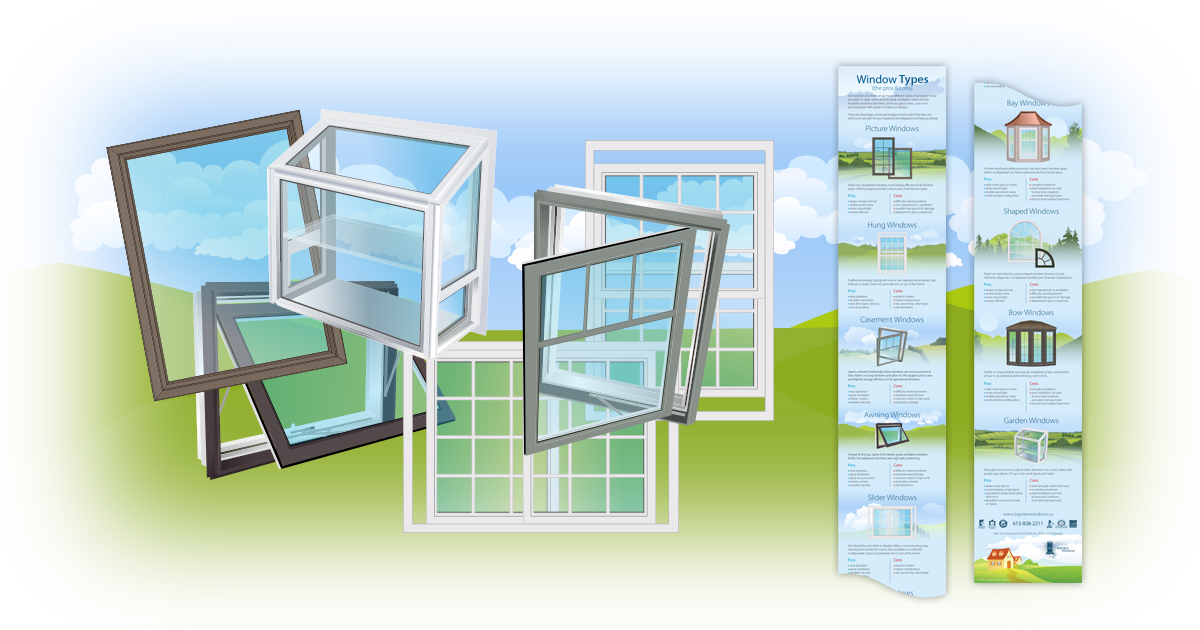
Window type isn’t just about looks — it’s about functionality and performance. We're talking about how your window operates: casement, awning, hung, and more. Unlike aesthetic styles like Colonial or Victorian, or materials like vinyl and wood, window styles are all about how they open, close, and interact with your home.
Window Glass Explained: Your Visual Guide to Smart Glass Choices
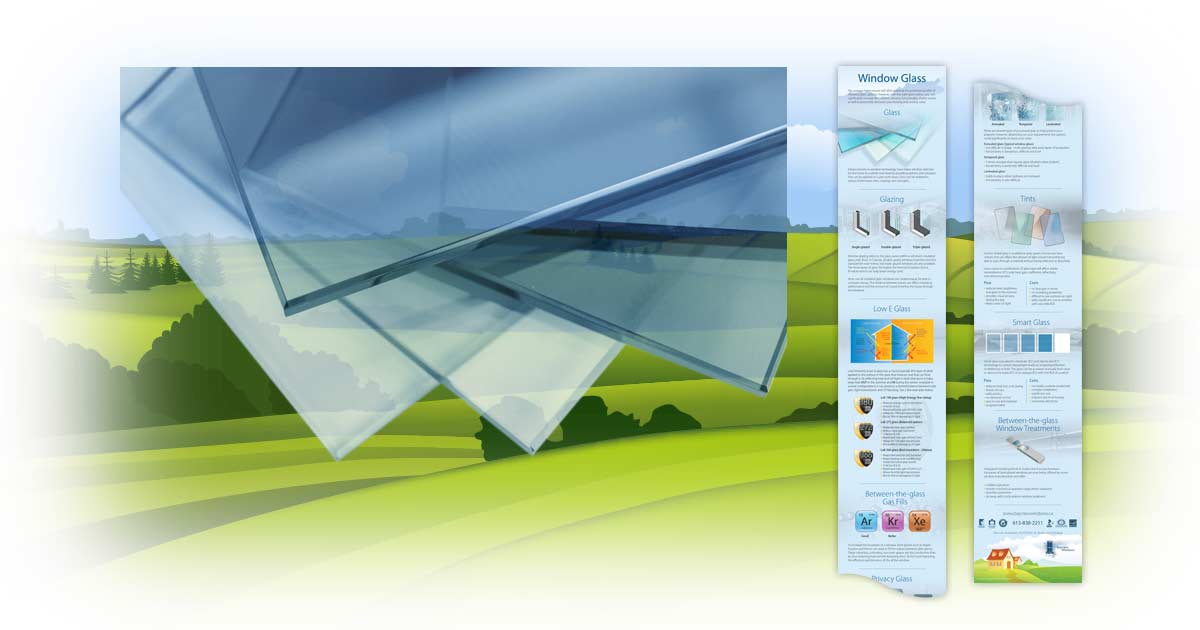
With the right glass, you can transform your home—boosting comfort, security, and functionality while slashing your heating and cooling bills.
Before You Shop: 25 Key Factors to Consider When Buying an Entrance Door
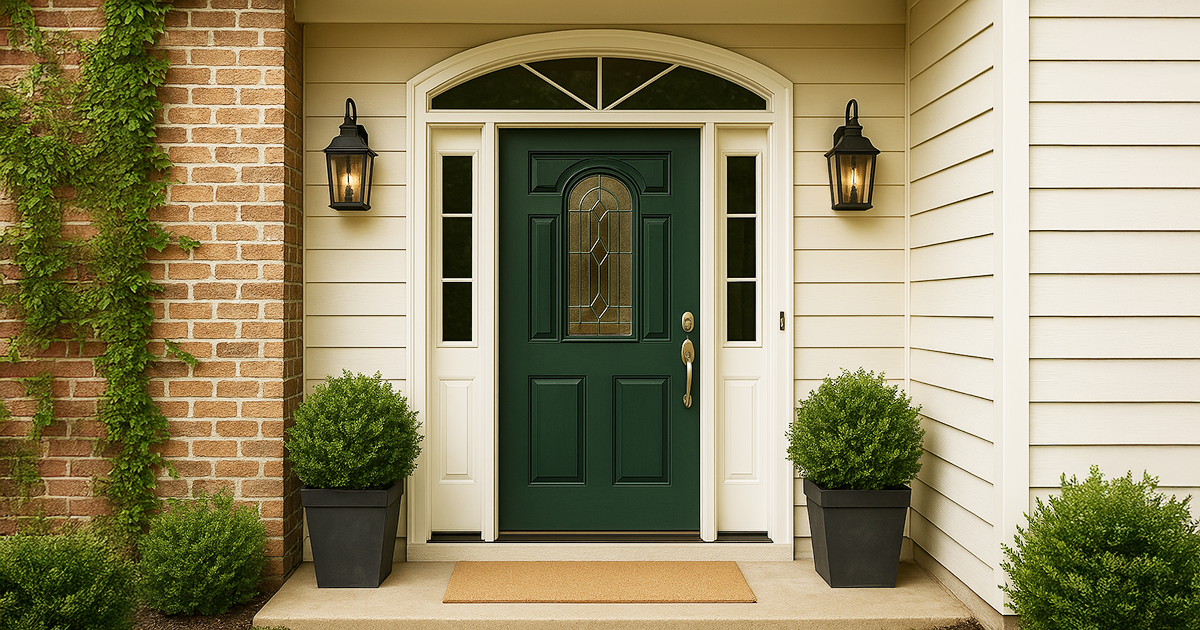
Your entrance door is the first impression of your home, combining style, security, and function. Choosing the right door means considering materials, design, and features that affect durability, energy efficiency, and appeal. This guide covers 25 key points to help you find a door that fits your home and lifestyle.
Door security: What every homeowner should know
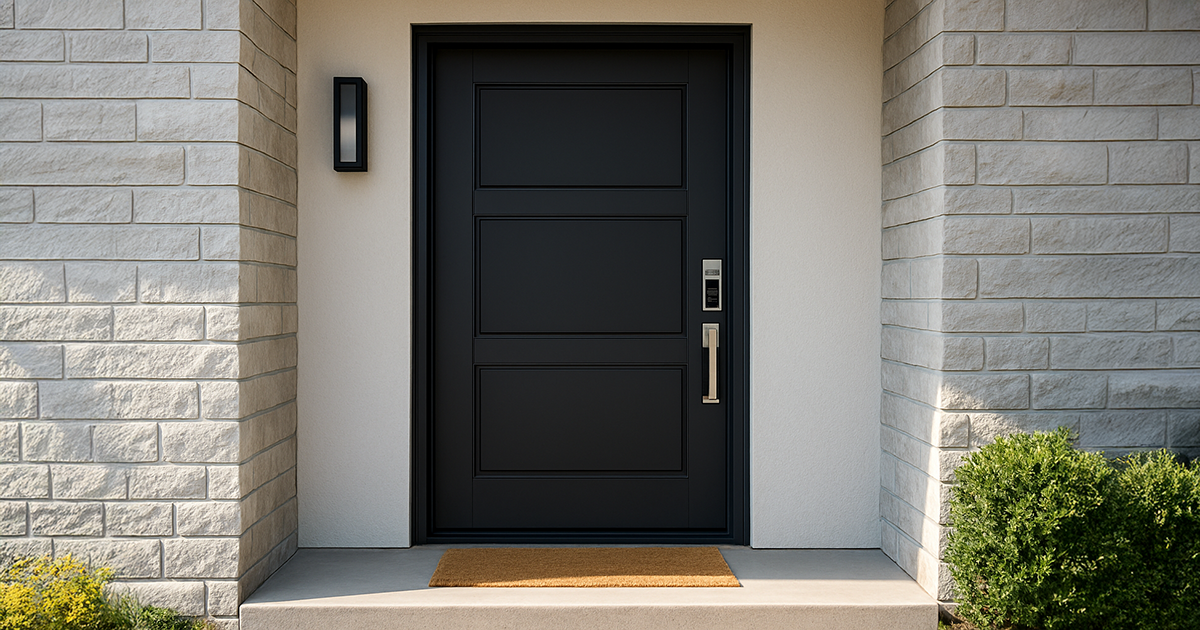
When buying a new front door, Ottawa homeowners face an important decision: how to balance style, energy efficiency, and above all, security. A residential entrance door is your home’s first line of defence, and modern manufacturing has come a long way in providing solutions that maximise both safety and peace of mind.
Door Styles: Top Trends, Options, and Buying Tips for Your Home
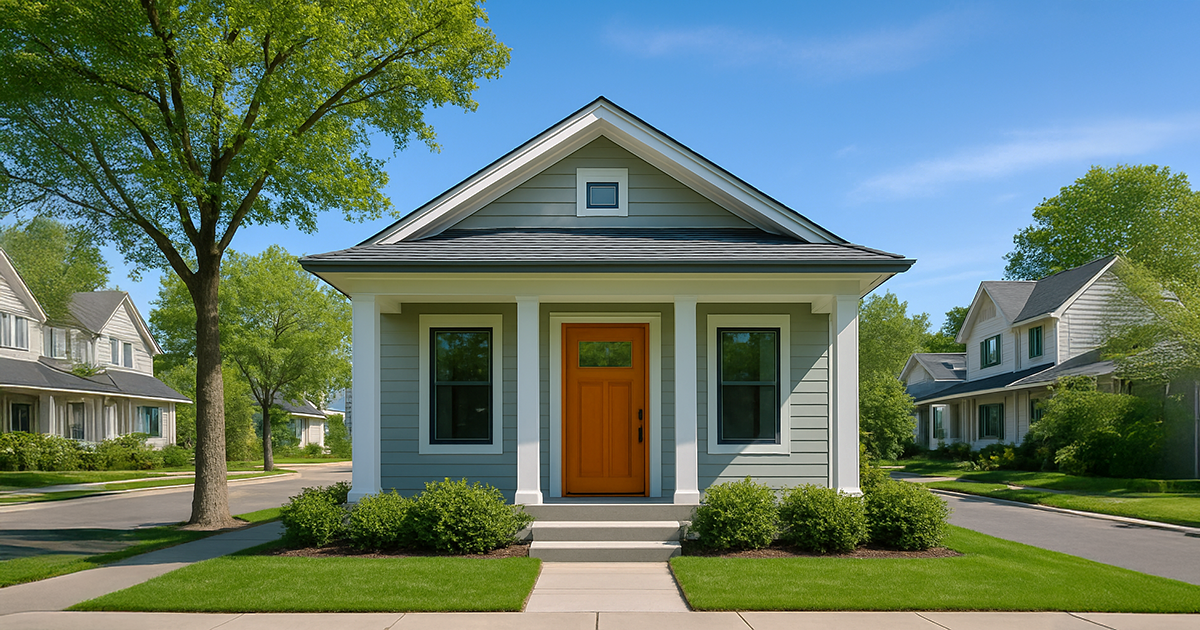
Residential entrance doors are available in a wide range of styles, each thoughtfully designed to complement different architectural tastes while providing distinctive aesthetic appeal and practical functionality.
Door Materials: Fiberglass vs Steel vs Wood Entrance Doors
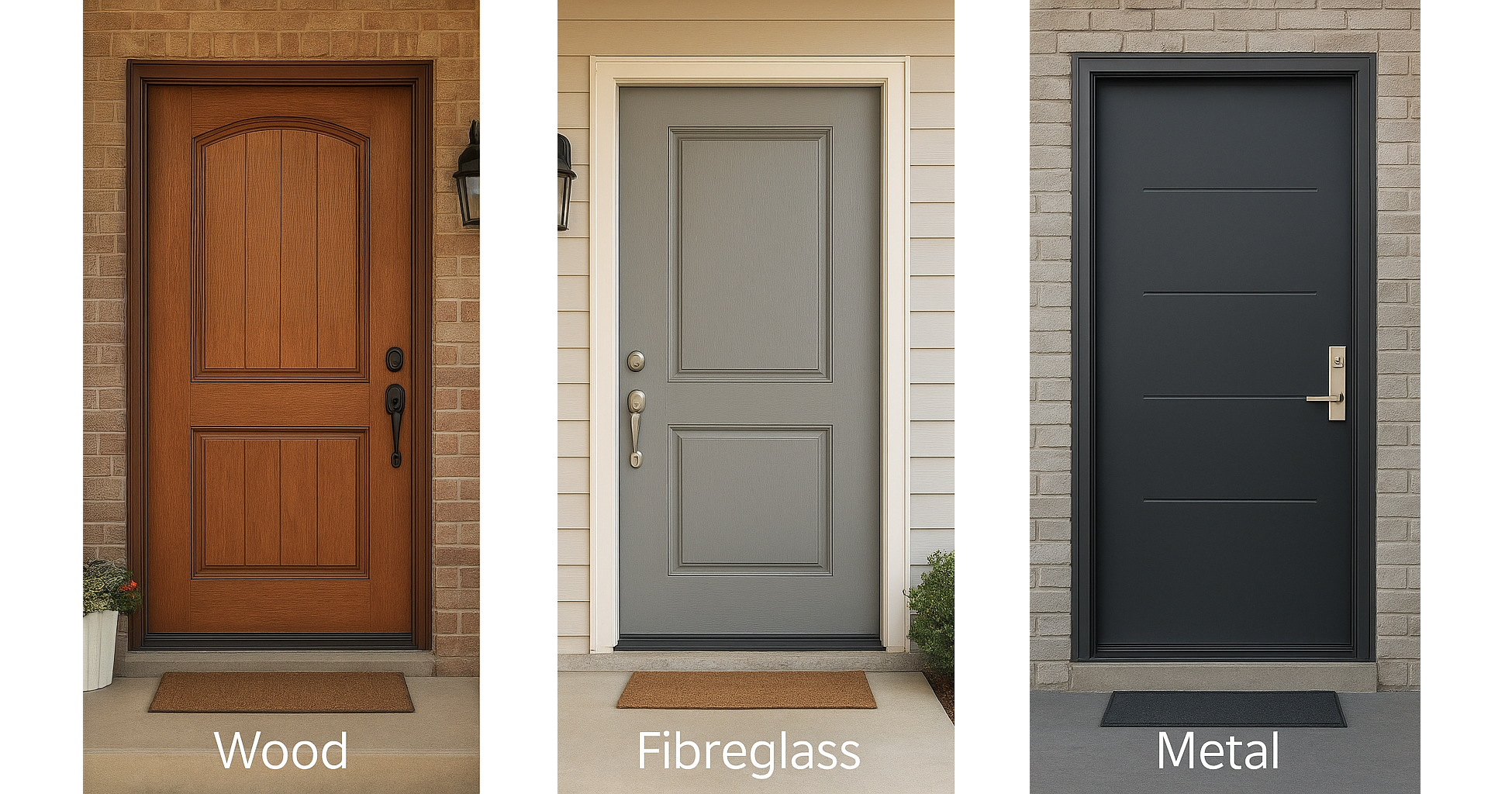
When upgrading your home's entrance, selecting the appropriate door material is crucial. In Ottawa's diverse climate, which includes frigid winters, humid summers, and rapid freeze-thaw cycles, the right door can enhance energy efficiency, security, and curb appeal.
External Doors: A Complete Homeowner’s Guide
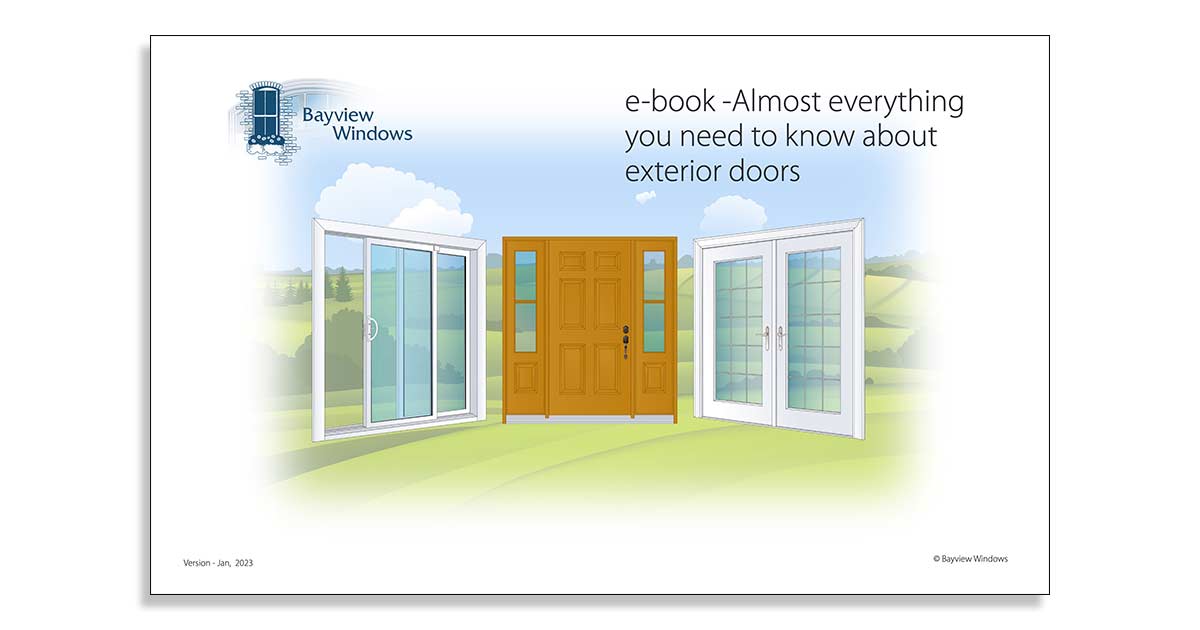
Choosing the perfect exterior door can be daunting with so many options available. That's why we've created "Everything You Should Know About Exterior Doors," a comprehensive 44-page guide designed to make your decision easier. This guide is packed with crucial information, detailed diagrams, and visuals to help you pick the ideal entrance, garden, or sliding door.
Unlocking the Power of Window Glass: Boost Comfort, Efficiency & Security
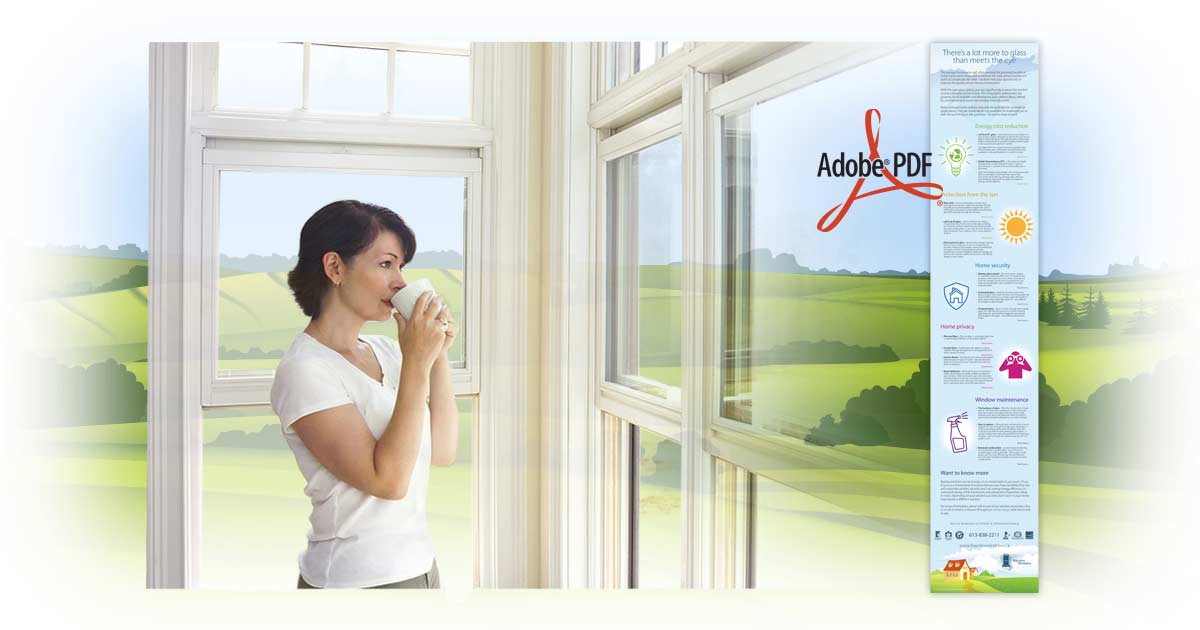
Glass isn’t just glass—far from it. Yet, many window buyers miss out on the significant benefits of choosing the right glass. The truth is, that the right glass option can dramatically boost the comfort, energy efficiency, and functionality of your home.
Canadian Greener Homes Initiative

The Greener Homes Grant is gone, but the Greener Homes Loan is still available!
The Canada Greener Homes Loan (1) and Grant (2) programs were introduced by the Government of Canada in 2021 to help homeowners improve energy efficiency and sustainability in their homes. We frequently receive inquiries about which programs are currently available. Below, you’ll find a summary of the current status of these initiatives to clarify what options are open to you.Understanding Coverage: What Your Window or Door Installation Includes, and What It Doesn’t
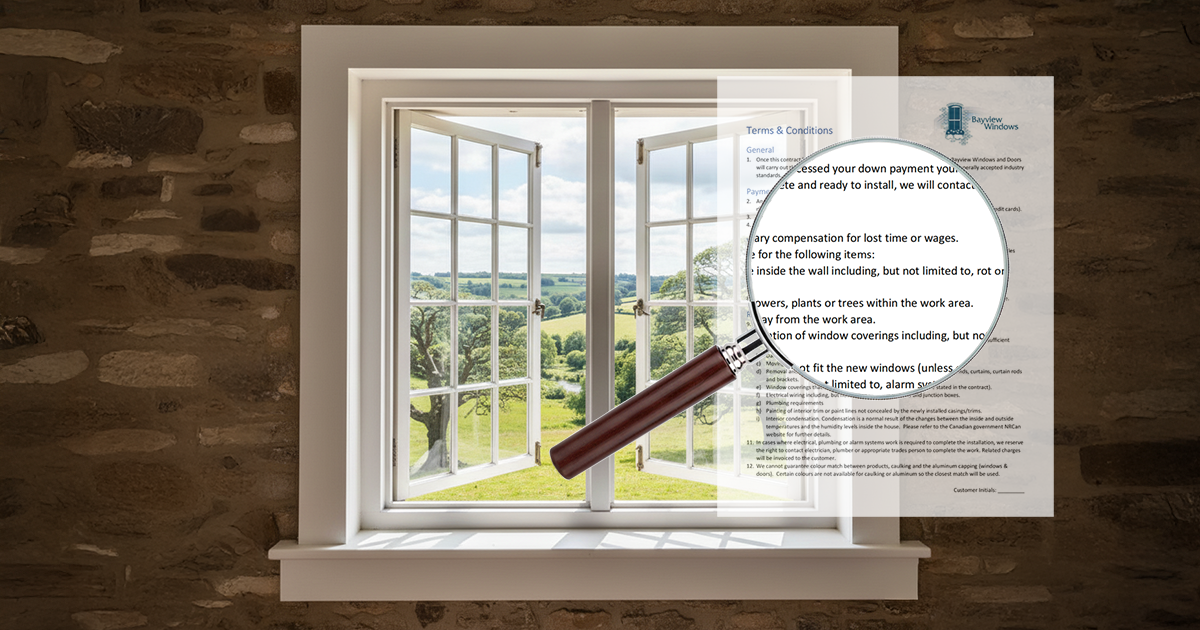
Installing new windows or doors is one of the most effective ways to improve the comfort, efficiency, and appearance of your home. But as with any renovation that interacts with the structure of an existing building, there are important things homeowners should understand before the work begins.
Laminated vs. Tempered Glass: Key Differences, Costs, and Applications in Ottawa

When choosing glass for your Ottawa home, you need to know the difference between tempered and laminated glass. Both are considered "safety glass," but they protect you in two completely different ways.
